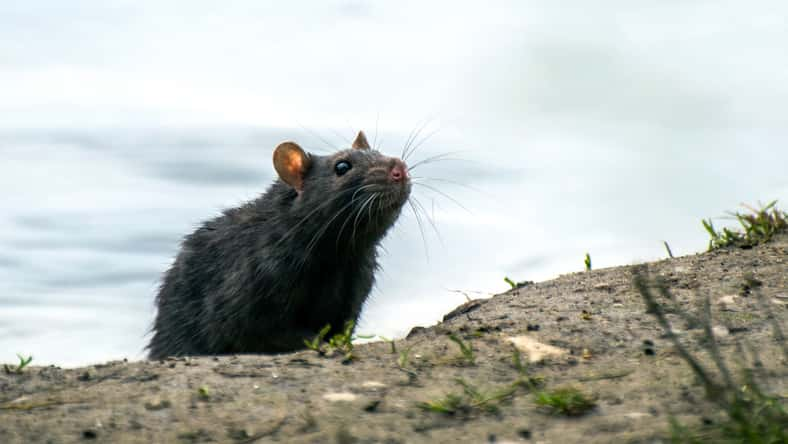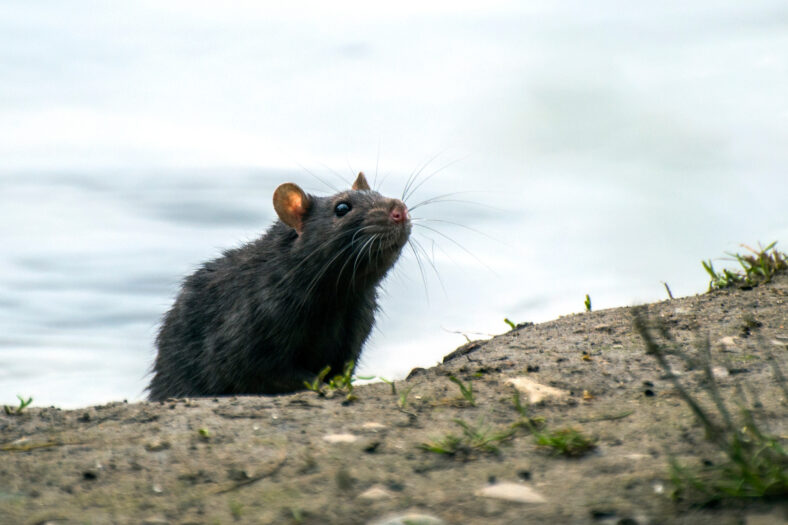Black Rats Are Spreading The Deadly Hantavirus

In rural Madagascar, the black rat is likely transmitting the deadly hantaviruses to humans. Since the beginning, rats have always prowled around human settlements.
They lurk in the shadows of our cities and towns, feast on our crops, and scavenge our leftovers. They’ve even accompanied us on our travels.
Rats are well-known for their ability to transmit diseases. The black rat (Rattus rattus) originated in southern Asia and likely made its way to Europe through the spice trade.
From there, they migrated to the rest of the world, arriving in Madagascar between the 10th and 14th centuries.
Disease experts wanted to know which rat species in Madagascar could transmit hantaviruses and how human land use has affected the number of infected animals.
Hantaviruses are a family of viruses that can cause potentially deadly illnesses. They are spread to humans mainly by exposure to rodent urine, feces, and saliva. It is rare, but hantaviruses can also spread through a bite or a scratch from a rodent.
According to the CDC, some common symptoms of hantaviruses found in the Western Hemisphere include fever, fatigue, muscle aches, chills, headaches, dizziness, and abdominal problems like nausea, vomiting, diarrhea, and abdominal pain. Usually, symptoms start to show up one to eight weeks after contact with an infected rodent.
Late symptoms, such as coughing, shortness of breath, and tightness in the chest as the lungs fill with fluid, appear four to 10 days after the initial phase of the illness.
The hantaviruses in Madagascar are not well-studied. There has also been strong evidence of past exposure in Malagasy people. In a new study, researchers worked with communities living next to the edge of Marojejy National Park in northeastern Madagascar.

Sign up for Chip Chick’s newsletter and get stories like this delivered to your inbox.
The research team was able to trap small mammals and bats in people’s homes and fields, which included areas where vanilla is grown, hillside crops, and flooded rice fields. They also trapped animals in the rainforest just inside the boundary of the national park.
Samples were collected from almost 2,000 animals, which were shipped to a lab and tested for hantavirus. In the samples that came back as positive, the viral genome was sequenced to determine how closely related the viruses were between the animals and other hantaviruses from around the world.
The results of the sequencing will help trace the origins of hantavirus in Madagascar. After extracting samples from 17 species of small mammals and 11 species of bats, the team detected the virus exclusively in rats.
“We were surprised to find that only black rats were infected with hantaviruses because the other non-native species of small mammals are commonly infected in other parts of the world,” said Kayla Kauffman, a co-author of the study.
Larger adult rats were more likely to be infected, and they were more commonly found in agricultural lands than in people’s homes.
Furthermore, none of the rats captured in the rainforest were infected. Overall, the findings demonstrate how human land use is linked to infection in rats, which is then exposed to humans.
The study was published in Ecology & Evolution.
More About:News